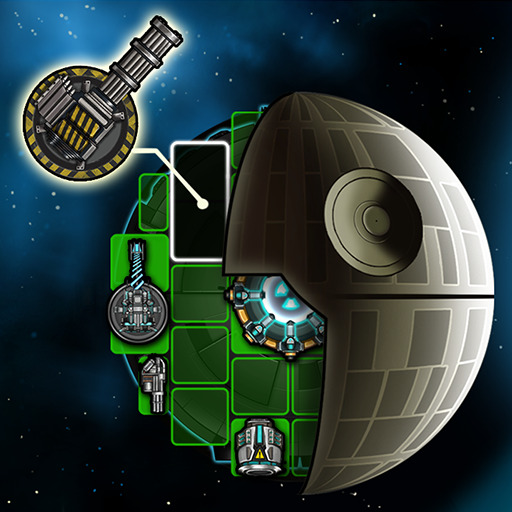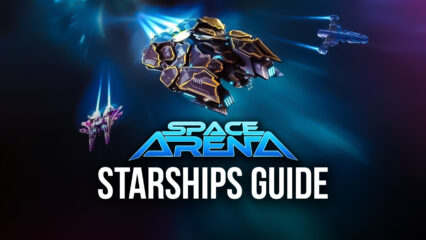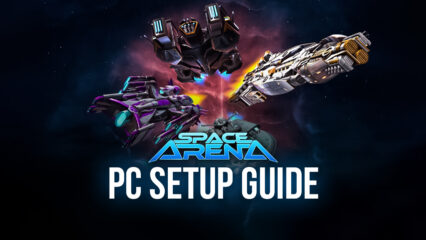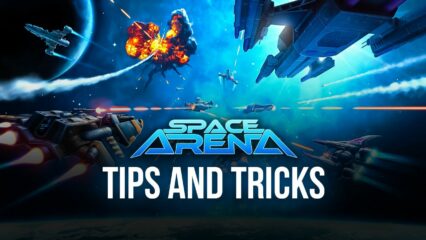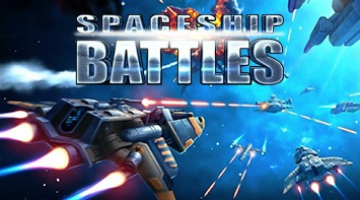Beginner's Guide To Playing Space Arena
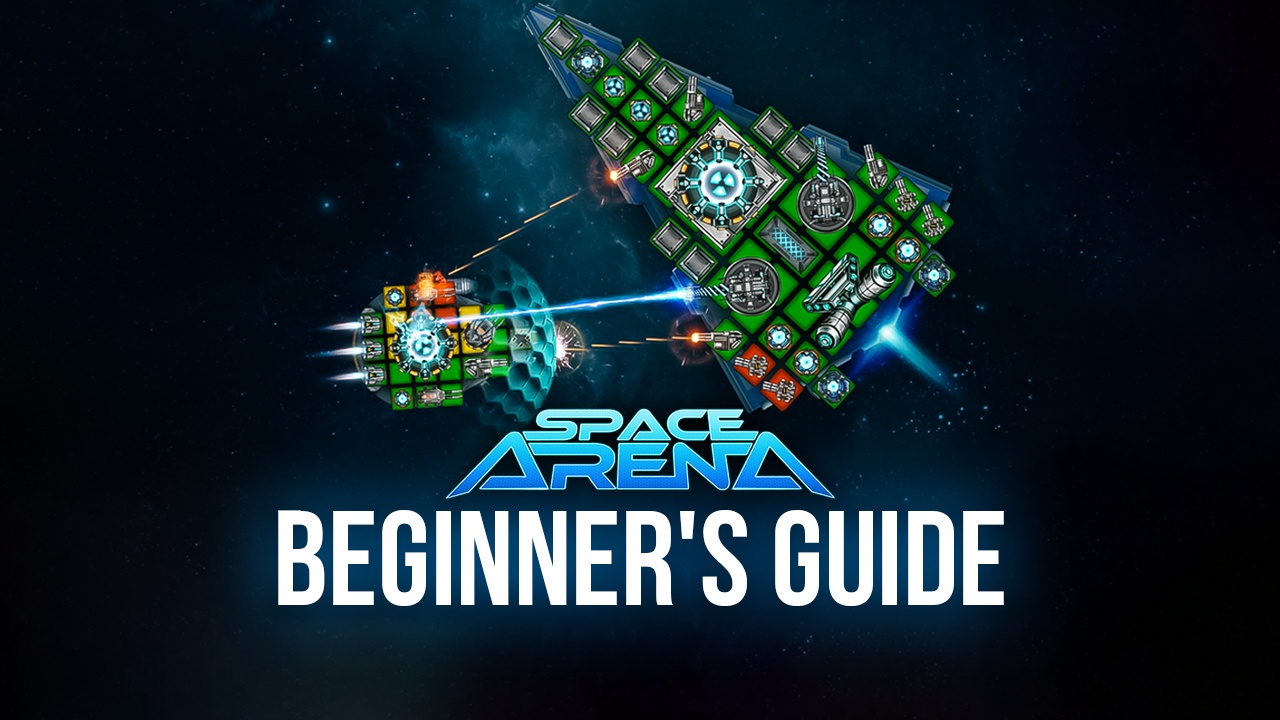
Space Arena is quite competitive by nature, so building your ship properly is the most critical aspect of playing this game. There are dozens of ships to choose from and even more facilities and weapons that you can place on your ship to create nearly endless combinations. Who knows, maybe one of these combinations will be your perfect starship. With so much freedom and very little time spent during the tutorial phase, it’s understandable why some beginners are confused about the game’s rules and mechanics.
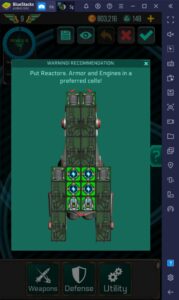
The game tries to simplify itself by making the user interface as direct as possible, but the confusion often surrounds the ship-building part of the game. Players that are interested in taking the game seriously but don’t know where to start will need to understand the basics of playing Space Arena on a competitive level. To do this, there are important features in the game which aren’t given too much emphasis but are the pillars to having a successful competitive experience.
Unlocking Starships
The most important part about playing Space Arena is unlocking as many Starships as possible. Having more ship choices means that you’ll be able to experiment with different builds and create more combinations that fit your playstyle. While it’s true that some ships are naturally stronger than others, creative builds can easily overturn any natural advantage that a ship has, as long as the engineer knows what his ships want to do.
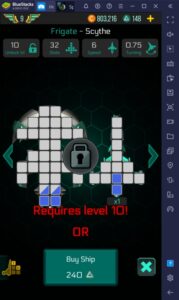
Generally, you can unlock starships by buying them with Credits and leveling them up. Some starships can be bought in the shop using real money, but if you’re a F2P player, you might want to settle for patiently unlocking them instead. One thing to keep in mind is that you don’t have to buy all the ships as you unlock them. At level 5, you can unlock the Corvette – Viper, which is a pretty decent ship that you can use until you reach Level 8.
Credits & Celestium
Credits and Celestium are your two primary resources in the game. Credits are used for buying most of the ships in the game as well as unlocking new weapons and utilities. Credits are easily earned simply by participating in matches. Winning and losing both give credits, but winning gives a more substantial amount. You can also earn credits by completing various missions on the mission board.
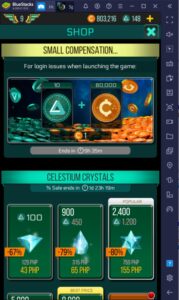
Celestium is the game’s premium currency and is primarily used for upgrading ships. Celestium is vital since tier-upgrades unlock additional slots on the ship, allowing you to add more weapons or utilities. Celestium can be bought using real money, completing missions, or watching ads. Earning Celestium can be a pain in the butt, but if you’re using BlueStacks, you won’t have to bother actively watching ads just to farm Celestium for your account.
Combat System
The combat system in Space Arena is purely controlled by AI. The explanation here is that you’re merely playing as a ship engineer rather than the pilot or commander itself. This means that once a match starts, your ship is at the mercy of AI-generated commands and the best thing you can do is watch how your ship works so that you can improve it for the next fight.
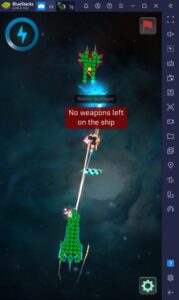
The combat system is influenced by several aspects that are under your control, namely: mobility, weapon-type, and defenses. All of these functions affect how your starship behaves during combat and are important to keep in mind when watching your starship fight. Each ship needs to behave according to its build; failure to adapt to how the ship needs to behave or not knowing which weapons you need to use can be fatal in the fields of battle.
Game Modes
Space Arena doesn’t just have the PvP Mode; it has other game modes that players can enjoy as well if they’re tired of playing against other players. One of these game modes includes the Fleet Arena. Fleet Arena is just like a mini-game where you will fight other players using a Fleet of Battleships that you can buy using credits. It’s a high-risk, high-reward game mode since ships are fairly expensive, and when they get destroyed in battle, you lose them permanently.
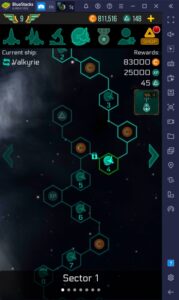
The other game mode is the Journey, which is a campaign-style game format where you’ll be fighting against pre-made ships. Completing a stage will grant you a reward depending if Credits or Celestium was indicated. Completing an entire area will reward you with a massive amount of both Credits and Celestium, so it’s worth trying out. Each stage will become more difficult than the one before, but unlike the arena, you can prepare for each battle and adjust your build accordingly.
Unlocking New Weapons & Utilities
Unlocking new weapons is another important factor that players need to prioritize. Like unlocking ships, you’ll be able to open up the choice to unlock new weapons types or utilities using credits. It’s important that you unlock everything in there so that you’ll have more choices for how to build your ship. Some choices feel like they won’t be useful until you actually try using it during an actual battle.
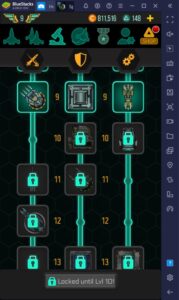
The upgrades go up to Level 55, which might be the level cap for this game. At this point, you can expect that players have a complete arsenal and will have all the necessary ships unlocked. This is a long way away since it will take a lot of experience points just to level up. On average, you will level up three to five levels per day if you’re playing this game for a decent amount of time.
Unlocking New Hangar Slots
For beginners, unlocking a new Hangar might not be the most appealing endeavor. For players that want to climb up the rankings quickly, having a second or third hangar is important since starship repairs have long-timers before they complete. So unless you’re willing to wait 10-20 minutes to fight again, you might want to invest 130 Celestiums to unlock both of the hangars.
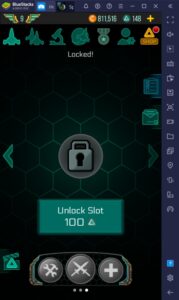
During the early levels, it’s difficult to make full use of the Hangar because the starships cost an arm and a leg, not to mention that there are very few sources of Credits to buy new ships. Starships also phase out quickly during the early levels.

